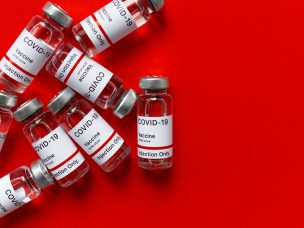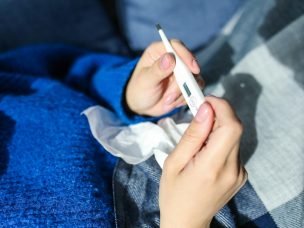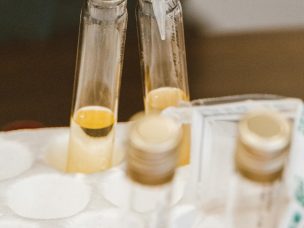FRIDAY, Oct. 2, 2020 (HealthDay News) — For patients with COVID-19 receiving extracorporeal membrane oxygenation (ECMO) support, mortality is below 40 percent, according to a study published online Sept. 25 in The Lancet.
Ryan P. Barbaro, M.D., from the University of Michigan in Ann Arbor, and colleagues characterized epidemiology, hospital course, and outcomes for patients aged 16 years or older with COVID-19 who received ECMO support initiated between Jan. 16 and May 1, 2020. Data were included for 1,035 patients with COVID-19.
The researchers found that 6 percent of the patients remained hospitalized; 30, 10, and 17 percent were discharged home or to an acute rehabilitation center, to a long-term acute care center or unspecified location, and to another hospital, respectively; and 37 percent died. Ninety-days after initiation of ECMO, the estimated cumulative incidence of in-hospital mortality was 37.4 percent. In patients with a final disposition of death or hospital discharge, mortality was 39 percent. There was an independent association observed between use of ECMO for circulatory support and higher in-hospital mortality (hazard ratio, 1.89). The estimated cumulative incidence of in-hospital mortality 90 days after ECMO initiation was 38.0 percent in the subset of patients with COVID-19 receiving respiratory (venovenous) ECMO and characterized as having acute respiratory distress syndrome.
“Our results are also consistent with previously reported survival rates in acute hypoxemic respiratory failure, supporting current recommendations that centers experienced in ECMO should consider its use in refractory COVID-19-related respiratory failure,” the authors write.
Several authors disclosed financial ties to the biopharmaceutical industry.










